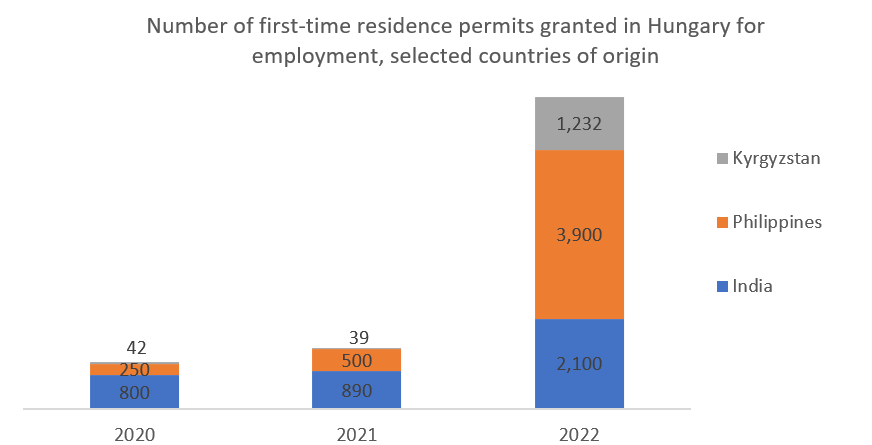Where Next? - Migration in CEE
Migration in CEE
Central and Eastern Europe, once known as a source of emigrants and a subject of scepticism regarding its lower-skilled labour force in the Western world, has now undergone a profound transformation. This dynamic region has transformed from being a source of outward migration to becoming a magnet for immigrants. The robust economic expansion and a natural decline in population have resulted in historically unprecedented low unemployment levels well below the European averages. Consequently, local enterprises and international investors find themselves grappling with an unexpected challenge: the urgent need to fill vacancies, notably within the domains of construction, hospitality, IT, and manufacturing. Both corporate entities and governmental bodies are trying proactively to attract foreign labour and to create a migrant-friendly environment. The ultimate objective is clear – to sustain and propel the ongoing economic growth that has come to define this evolving landscape.
Poland
For the second year in a row, in 2022 Poland issued the most first-time residence permits in Europe for employment reasons.
Already home to an estimated one million Ukrainian migrants, in recent years there was a surge in new arrivals from Southeast and Central Asia. For example, the number of issued permits has nearly tripled for Indian and Uzbek citizens compared to the previous year.
These take up ample job opportunities anywhere from food delivery or construction, but also in a flourishing tech sector, which offers attractive salaries.
Romania
Romania has lost an estimated five million of its population in recent years to emigration, primarily to Western Europe. At the same time, the country attracted nearly EUR 10 billion in foreign investments last year as the economy grew at 5%, but the investors are facing severe challenges in recruiting the required skills locally. More than 70% of employers are looking into foreign labour to substitute the workforce scarcity in the local market. Recognising the urgency, the Romanian government has increased the quota of available residence permits for non-EU citizens in Romania from a mere 3,000 in 2017 to 100,000 in 2023. Except for historically high arrivals from neighbouring Moldova and Ukraine, the new wave of migrants is coming primarily from Asia – India, Pakistan, Bangladesh, etc.
Hungary
Hungary is another thriving economy in CEE in critical need of foreign labour to support its growth, particularly its booming automotive and EV manufacturing, but also IT, hospitality, and healthcare sectors. Recent studies revealed that over 50% of Hungarian companies encounter considerable challenges when it comes to staffing positions.
Despite its often regarded as anti-migratory, Hungary already employs an estimated 85,000 foreigners. The labour market will need another 500,000 additional workers by 2030 to sustain economic growth, which will hardly be possible without foreign labour. Local recruiters are expanding their scope of search for labour beyond Ukraine and thus we see an increase in arrival numbers from India, the Philippines, but also Kyrgyzstan.
The demand for foreign labour in the ever-growing economies of Central and Eastern Europe will extend into the foreseeable future. The question that looms is, however, how to retain this influx of migrants over the long term. As history has shown, there is a precedent for such migratory waves to eventually shift towards Western destinations in pursuit of an even higher quality of life. The challenge lies in whether companies and governments can create an environment that not only fulfils the immediate economic requirements but also nurtures a lasting sense of belonging and prosperity for these newcomers.




